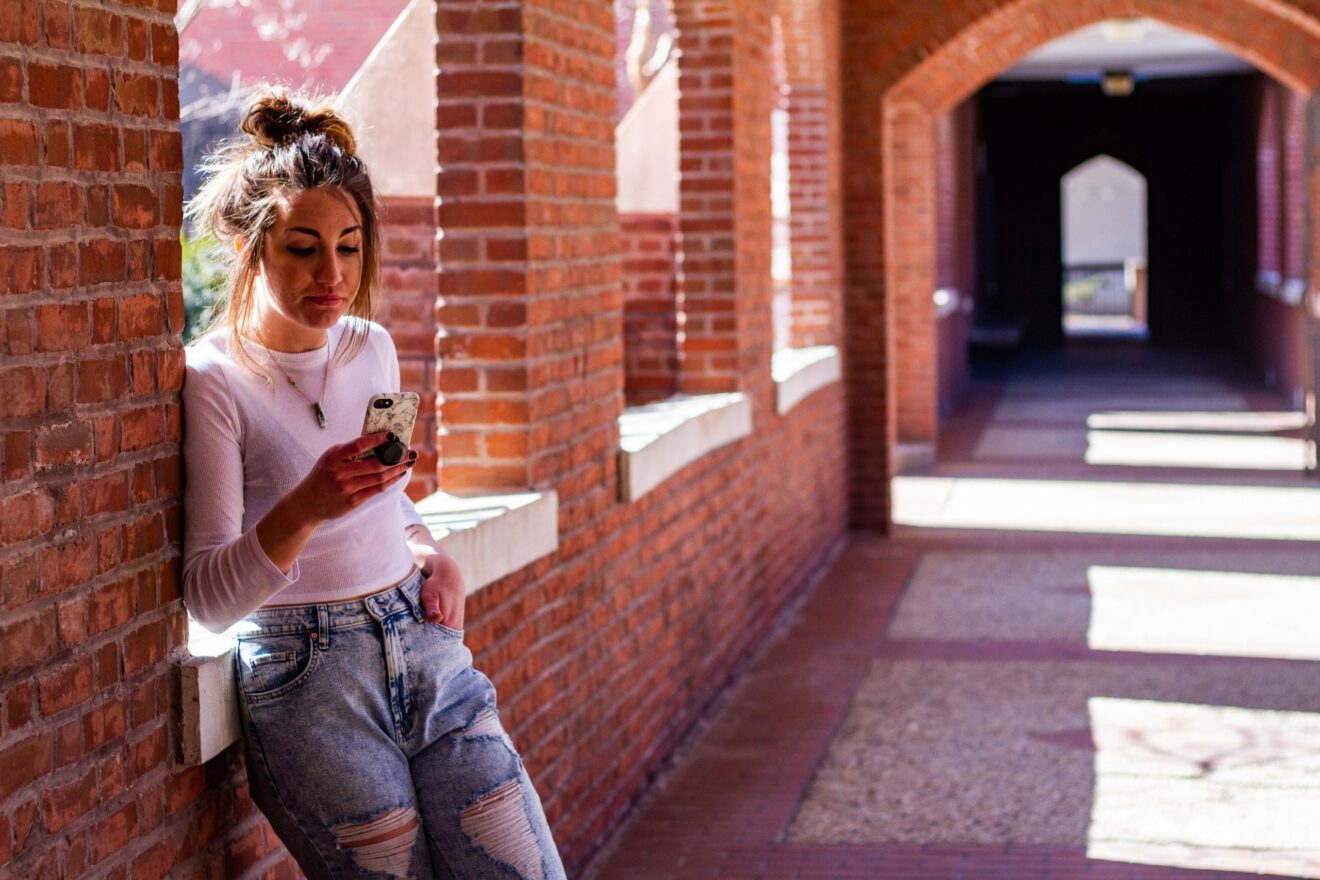As an educator, school technology officer and a parent, I face many difficult decisions in relation to the use of technology. And when I talk to many of my friends and colleagues, I realize that many face the same challenge: Finding ways to eliminate the distractions that keep students from focusing on schoolwork.
We know technology can be a great enabler for education. For many students, it can be the difference between learning something and not learning something.
Most educators have moved beyond the wariness of using technology in education and have embraced its benefits. Two-thirds of teachers believe that opportunities to facilitate inquiry-based learning are enhanced by the use of technology, and 55% agree that student reporting is enhanced by digital technologies. Sixty percent of teachers believe technology has positively impacted the learning experience for students with disabilities.
Technology allows productivity, distraction
“Digital technology affords a great opportunity to tailor some learning experiences” by looking for patterns and correlations in student data, according to author Marc Tucker, president of the National Center on Education and the Economy.
Indeed, it allows educators to create more compelling and engaging lessons. I am looking forward to advances in artificial intelligence that will allow teachers to create experiences tailored to students of all abilities, to ensure maximum learning outcomes for them.
Parents, too, believe digital media and technology have had a positive impact on their children’s mathematical abilities, reading abilities, social skills and friendships. However, at the same time, we all realize technology has at least one big negative: Distraction.
Students can learn to earn personal access
All too often, students use devices in ways they shouldn’t when they ought to be focusing on lessons. As a school technology and innovation director, I’ve had to weigh the benefits of the powerful tool that engages our learners and the distractions that same tool can create.
Teachers worldwide employ a variety of techniques to ward off tech-related inattention, such as banning personal devices, using compliance-tracking apps and creating lessons that require student discussion. Other options include giving students small breaks for personal tech use or having students use apps that prevent access to social media and surfing the internet
In seeking a solution for our schools, we started using an app to take back some of the distracted time and put it to good, productive use. Our schools are trialing 1Question, which lets students earn personal screen time by completing gamified educational activities.
We are able to put our own curriculum questions into the app for tailored learning. And the app provides teachers with data on students’ daily progress and mastery levels. Students can participate in school and, if their parents agree, at home. So far, it is helping increase students’ learning time.
As educators, we want to embrace the help technology offers without the frustrations of distractions. Solutions like this can make it easier.
Ben Woods is the learning technology and innovation leader at the Wollongong Catholic Education Office in Australia. The schools use the 1Question app.
________________________________
If you liked this article, sign up for SmartBrief’s free email newsletter on EdTech. It’s among SmartBrief’s more than 250 industry-focused newsletters.
More from SmartBrief Education:
- 5 ways new school-home communication meets family, staff needs
- 5 virtual-classroom tools to foster authentic connections
- Changing the classroom experience with instructional audio
- Powerful social media solutions for students
- How comics curriculum boosts SEL
- 8 ways to make vocabulary instruction more effective
